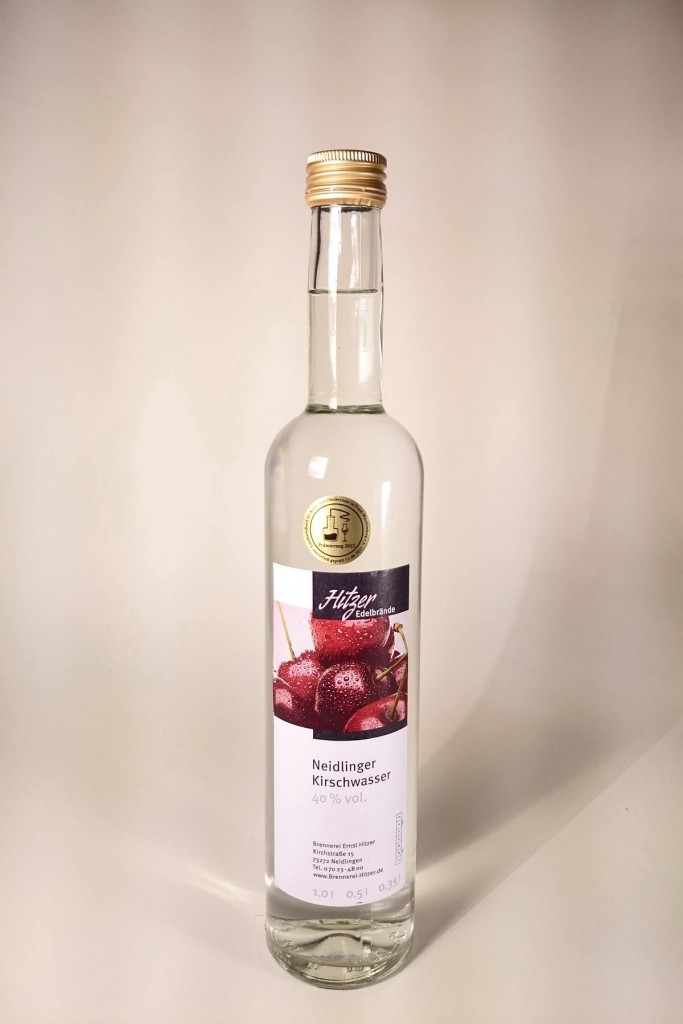Obstler: Fruit Brandy from the Alps

I first encountered Obstler at a trailside Gasthaus heading down a mountain. My wife and I were staying in Garmisch-Partenkirchen in the Bavarian Alps, and had spent the day hiking der Eckbauer and stopped to fortify ourselves at a trailside inn. There were wonderful breads and cheeses from Alpine-pastured cows, followed by little glasses of clear liquor with a heady bouquet of fruit and tree blossoms. I credit this with making the walk back into town shorter and easier, even weighed down with a bottle to bring home with us to the States.
Obstler or Obstbrand is a traditional brandy (Schnaps) native to Austria, Switzerland, and southern Germany. Obstler is always produced from a fruit must. It’s typically packaged young and clear, and served as an aperitif, digestif, or a warming dram in cold weather. This makes it a close cousin to French eau de vie and Balkan rakija, but a far cry from the inexpensive American schnapps (with two p’s!) which are often made from a grain-and-sugar wash and finished with glycerine and artificial flavors.
Obstler and other Schnaps were originally a way for Alpine farmers to use extra fruit. Today it is often produced on a very small scale and still carries connotations of a pastoral and handcrafted product. With interest in artisanal spirits at an all-time high, Obstler is ripe for discovery in the US.
Ingredients & Process
Traditional fruit for Obstler includes apples, pears (often a mix of these two), plums, cherries, and apricots. Versions produced from berries or wild fruit can also be found. Emphasis is placed on quality of the fruit – a large quantity of raw material is required to make even a single bottle of Obstler.

A double distillation on a simple pot still is traditional and allows for strong expression of the base fruit plus preservation of desired fermentation character. Continuous stills will yield a higher proof and “cleaner” spirit but usually at the cost of some of the fruit character.
Like many eaux de vie, Obstler is typically presented as a white liquor and packaged at 40% abv without oak maturation or aging, making it a quick-turn product for small distilleries.
Keys to success
- Select great fruit. The ripest, most aromatic, most sugar-rich fruit will make the best distillate.
- Handle fruit gently. Wash thoroughly and avoid using hot water, discarding spoiled or bruised pieces. Grind to a pulpy consistency to ensure and orderly fermentation and maximum aroma in the final product.
- Manage fermentation. Maintain excellent sanitation to minimize bacterial activity (for example, acetic acid will manifest as ethyl acetate in the spirit), and supplement the must with nutrient as needed. A moderate or cool temperature will encourage a slower rate of fermentation and better preservation of fruit aromatics.
- Use the right yeast. SafCider and SafSpirit FD-3 from Fermentis are ideal for fruit distillates.
- Pathfinder TY Fruit is a combination of alcohol tolerant, high ester-producing yeast with a complete nutrient package. It is ideal for fruit-based washes, and performs reliably regardless of the nutrient contribution of the fruit.

References
Kovacs, Atilla Gabor. “The Art & Science of Fruit Distillate Fermentation, Parts 1-3.” Artisan Spirit . Fall 2015, Winter 2015-16, and Spring 2016.
Pischl, Josef. Distilling Fruit Brandy. Schiffer Publishing, 2012.